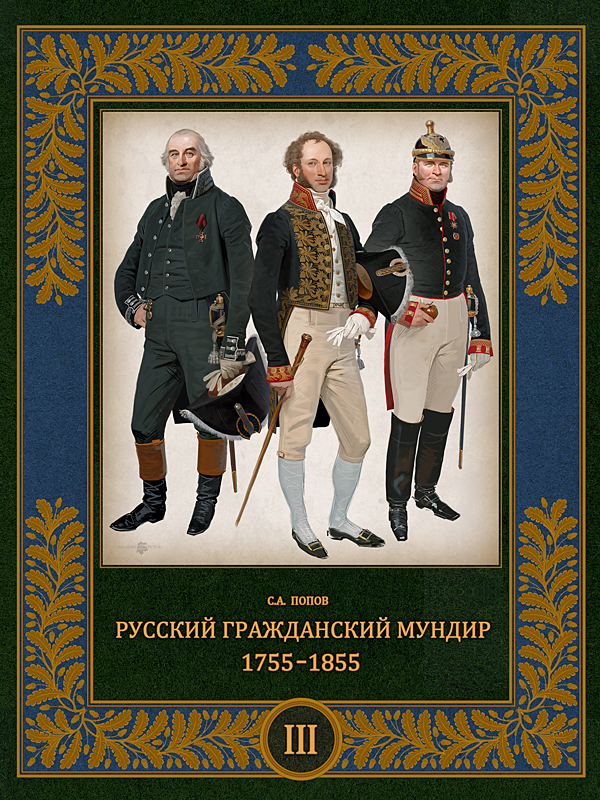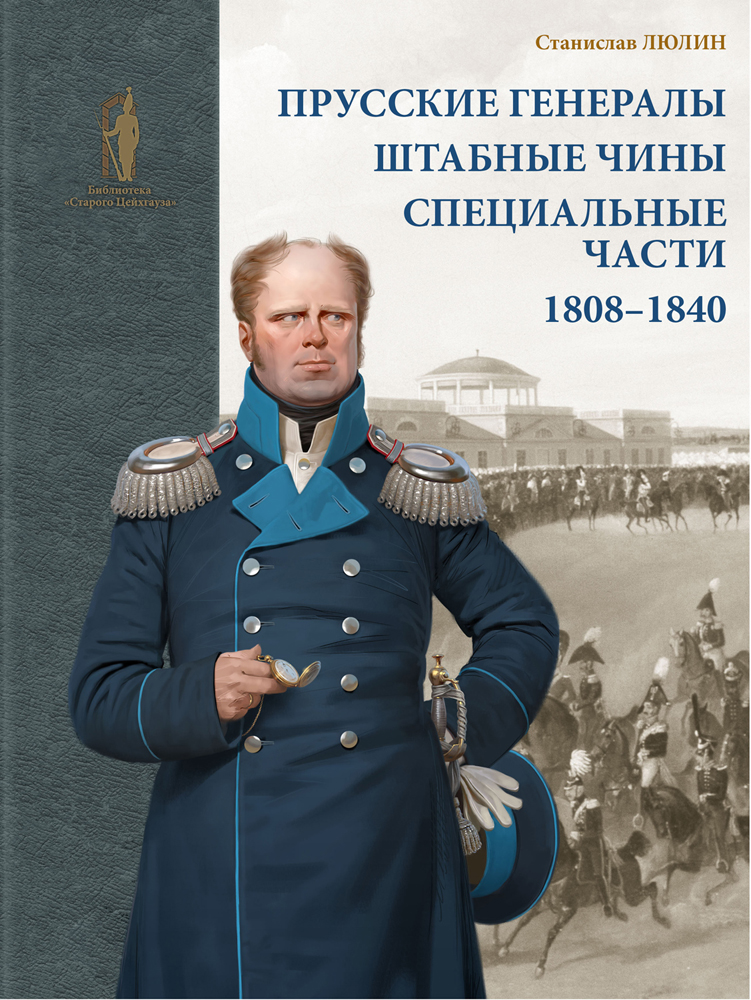 |
 |
 |
 |
 |
 |
Мальтийский мундир в России и Европе: XVIII–XIX вв.
Михаил Асварищ
Мальтийский мундир в России и Европе: XVIII–XIX вв.
Серия: Библиотека «Старого Цейхгауза».
М., Фонд «Русские Витязи», 2021. – 280 с., илл.
ISBN 978-5-907245-44-0.
Формат 60×90/8. 35 печ. л.
Тираж 500 экз.
Монография посвящена истории орденского платья двух российских приорств ордена Св. Иоанна Иерусалимского (1797–1810), а также бытованию мальтийского мундира в Российской империи после 1810 г. На основании архивных документов, портретов, сохранившихся мундиров впервые в историографии детально прослеживаются многочисленные изменения, вносившиеся Павлом I и Александром I в платье, назначенное различным орденским чинам.
В книге дан пространный обзор мальтийских мундиров различных языков и приорств ордена Св. Иоанна Иерусалимского, а также неканонических орденов иоаннитов в Пруссии, Англии и Испании с 1770-х гг. по конец XIX в.
Издание проиллюстрировано значительным числом исторических портретов, фотографий мундиров и элементов орденской экипировки.
Michael Asvarishch. Maltese Uniforms in Russia and Europe in the 18th and 19th centuries
The monograph is dedicated to the history of the military uniforms of the Order of St. John of Jerusalem in Russia in the 18th – 19th centuries: Order’s dress worn by the members the Catholic Grand Priory of Russia and the (Orthodox) Russian Grand Priory (1797–1810), as well as Maltese uniforms worn in the Russian Empire after 1810. On the basis of documentary evidence, surviving uniforms and extensive illustrative material, for the first time in historiography the monograph traces numerous changes introduced by Paul I and Alexander I to the Order’s uniforms assigned to various ranks. The book also provides a detailed chronological overview of the Maltese uniforms in the different priories and langues the Order of St. John of Jerusalem, as well as in non-canonical orders in Spain, Prussia and England from the 1770s to the end of the 19th century. The publication is richly illustrated with historical portraits, photographs of uniforms and elements of the order’s dress.








































